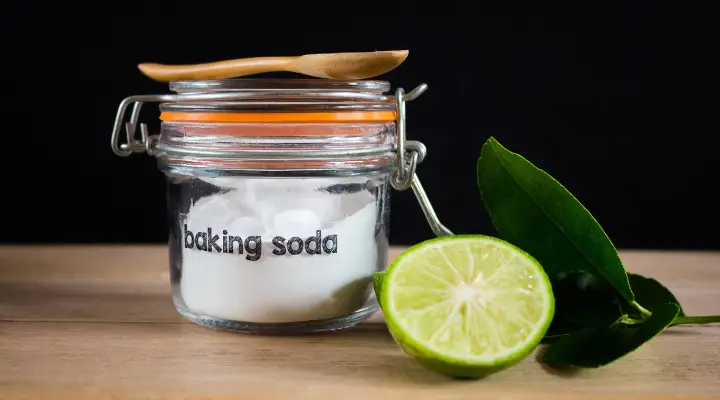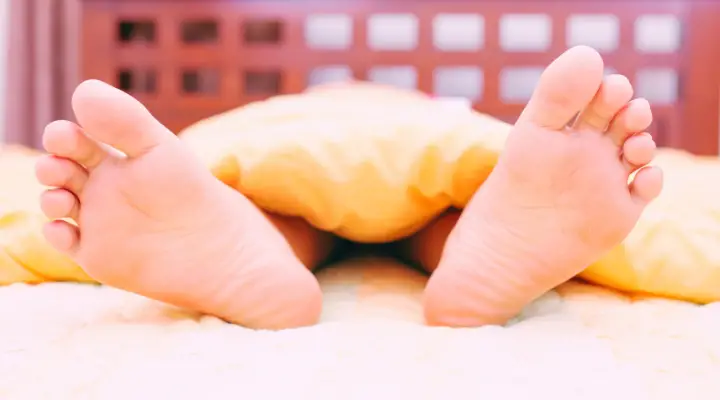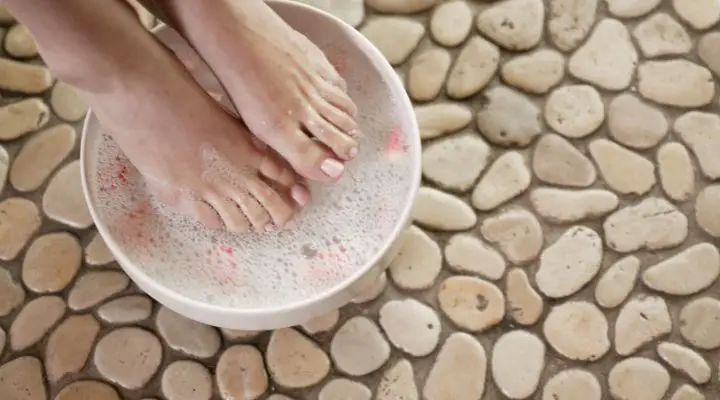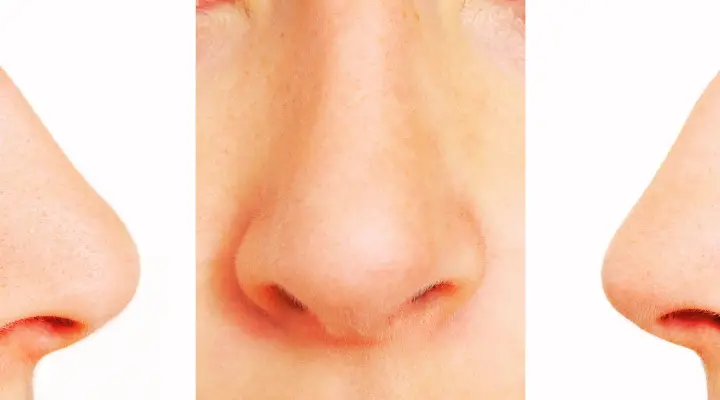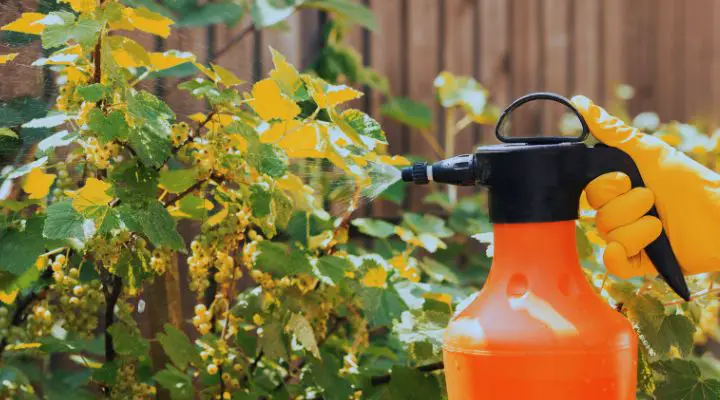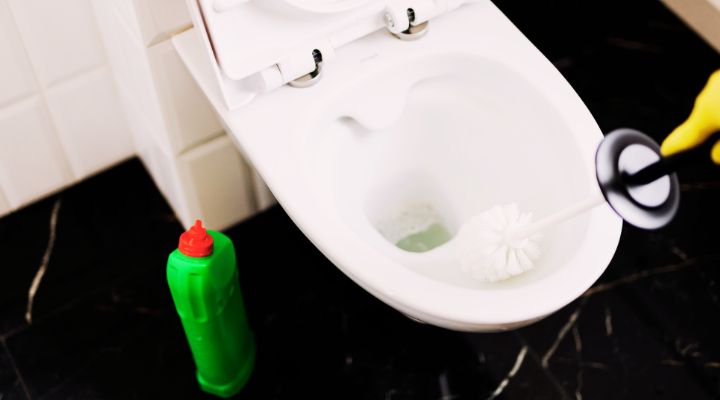Did you ever wonder why grandmothers seem to have a remedy for everything? My grandmother always swore by a simple yet powerful mixture—baking soda and honey. Whether for skin care, health remedies, or even household cleaning, this combination was her go-to solution. Let’s dive into the magic of baking soda and honey and explore how she used it in her everyday life.
The Secret of Baking Soda and Honey
What Makes Baking Soda Special?
Baking soda, or sodium bicarbonate, is a natural compound with a variety of uses. It helps neutralize acids, acts as a gentle exfoliant, and even has antimicrobial properties. Because of its alkaline nature, it can help balance the body’s pH levels, making it a valuable ingredient in both health and beauty treatments.
The Benefits of Honey
Honey is nature’s liquid gold. Packed with antioxidants, antibacterial properties, and nutrients, it has been used for centuries in medicine and beauty. Honey soothes sore throats, aids digestion, and keeps skin hydrated and youthful.
Traditional Uses of Baking Soda and Honey
A Natural Remedy for Skin Care
My grandmother often made a face mask using baking soda and honey to exfoliate and cleanse her skin. The gentle scrub removed dead skin cells while honey moisturized and nourished her face.
A Powerful Antiseptic for Wounds
She also applied a paste of baking soda and honey to small cuts and burns. The antiseptic properties of both ingredients helped to prevent infections and speed up healing.
A Soothing Cough Syrup Alternative
Whenever I had a cough, she would mix honey and a pinch of baking soda into warm water. It acted as a soothing remedy, helping to clear my throat and reduce irritation.
Health Benefits of Baking Soda and Honey
A Natural Digestive Aid
One of my grandmother’s favorite tricks was mixing a little baking soda with honey in water to relieve indigestion and bloating.
Balancing pH Levels in the Body
Baking soda helps neutralize excessive acidity in the body, which can prevent acid reflux and other digestive issues.
Potential Cancer-Fighting Properties
Some studies suggest that the combination of honey and baking soda could have anti-cancer properties by creating an environment unfavorable to cancer cells.
How to Prepare and Use the Mixture
Simple DIY Recipe
- Mix one teaspoon of baking soda with three tablespoons of honey.
- Stir until smooth.
- Use as needed for various applications.
How Often to Use It
- For skin: Use 2-3 times per week.
- For digestion: Take once daily if needed.
- For wounds: Apply as required.
Baking Soda and Honey for Beauty
Exfoliating Face Mask
Gently rub the mixture onto your skin, leave it for 10 minutes, then rinse.
Natural Teeth Whitener
A tiny amount can be used as a mild, chemical-free toothpaste.
Acne Treatment
Apply directly to blemishes to reduce inflammation and kill bacteria.
Household Uses of This Mixture
Cleaning and Disinfecting
This mixture makes an excellent natural cleaner for surfaces and kitchen counters.
Removing Odors
A small amount placed in a dish can absorb bad smells.
Natural Insect Repellent
The antibacterial properties help keep bugs at bay.
Warnings and Precautions
- Do not overuse baking soda internally, as it can affect stomach acidity.
- Always do a patch test before using it on the skin.
- Consult a doctor before using it as a remedy for serious health conditions.
Conclusion
My grandmother’s wisdom has stood the test of time. Baking soda and honey together create a powerhouse of benefits for health, beauty, and even household use. This simple yet effective combination is something everyone should consider incorporating into their daily lives.
